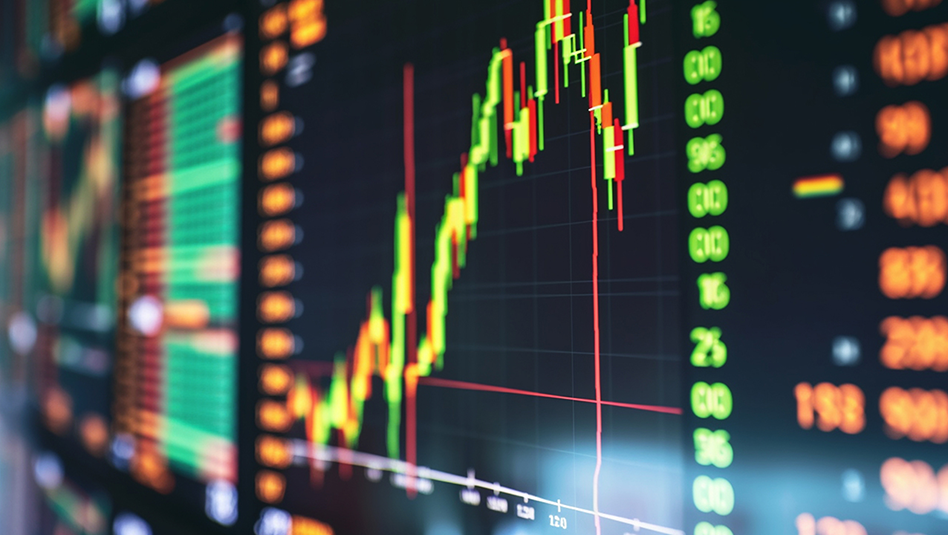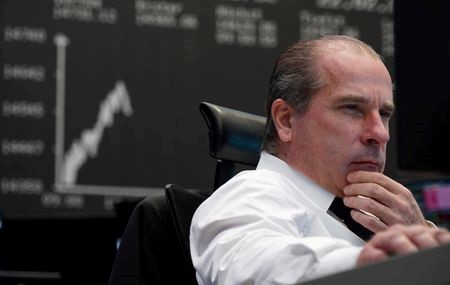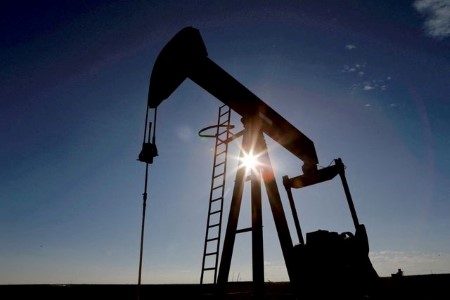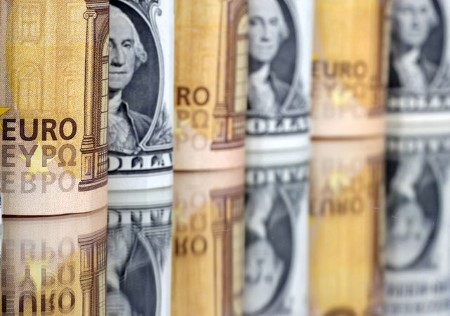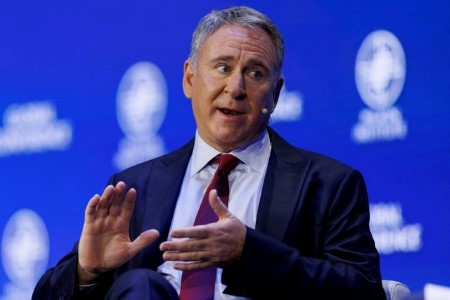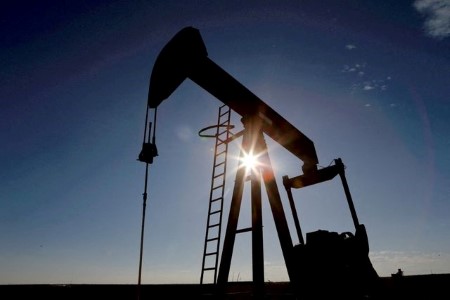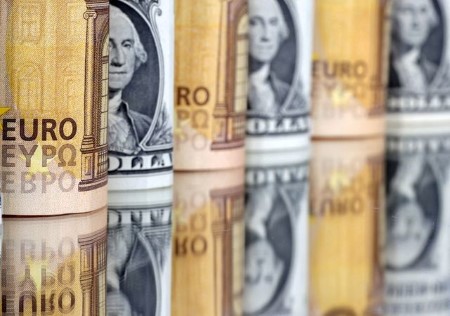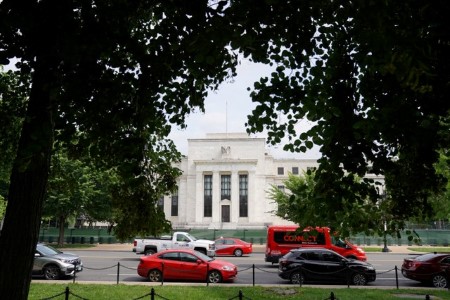Jan 24 (Reuters) – European stocks fell on Tuesday as an improvement in economic activity in the euro zone spurred speculation the European Central Bank (ECB) might have more room to raise interest rates to tackle inflation.
The pan-European STOXX 600 index was down 0.2% at the close, but was off its session lows.
Data showed euro zone business activity made a surprise return to modest growth in January, adding to signs the downturn in the bloc may not be as deep as feared and that the currency union may escape recession.
Hopes of a milder recession in the euro zone and smaller interest rate increases from the Federal Reserve have buoyed European equities this year. The STOXX 600 has risen 6.7% so far in 2023, outperforming a 4.5% annual rise in the US benchmark S&P 500 index.
Euro zone government bond yields fell after the business activity data as investors tried to assess the ECB’s future monetary tightening path.
“The constant battle (is) growth versus rate hikes. If things are going well economically, which is good for stock markets, that also gives the ECB room to raise rates,” said Steve Sosnick, chief strategist at Interactive Brokers.
Sosnick also pointed to profit-taking playing a role in the day’s declines.
Although the ECB has been raising rates at its fastest pace on record, it has so far failed to bring inflation anywhere near its 2% target.
Hawkish comments from ECB policymakers have helped cement bets of 50 basis point interest rate rises at each of its next two meetings, with one scheduled next week.
The U.S economy also showed signs of improvement, with the downturn in the country’s business activity easing slightly in January even as it contracted for the seventh straight month.
Among STOXX 600 sectors, healthcare and energy stocks led declines, falling over 1% each.
Gains in financials limited losses as banks rose 0.6% while economically linked industrial stocks also climbed 0.9%.
On Tuesday, Logitech International (LOGN) gained 3.4% after the computer peripherals maker said it expects the downturn in spending by business customers which hit its third quarter sales to be temporary.
Swatch Group (UHR) rose 5.1% after the world’s biggest watchmaker said it expected a recovery in luxury demand from China.
Shares of Norwegian salmon farmers SalMar (SALM) and Mowi (MOWI) jumped 5.3% and 2.2%, respectively.
Traders pointed to a media report suggesting adjustments to the centre-left government’s salmon tax hike proposal, which has weighed on the sector.
(Reporting by Sruthi Shankar and Amruta Khandekar in Bengaluru; Editing by Savio D’Souza, Shinjini Ganguli and Andrea Ricci)







 DOWNLOAD
DOWNLOAD

